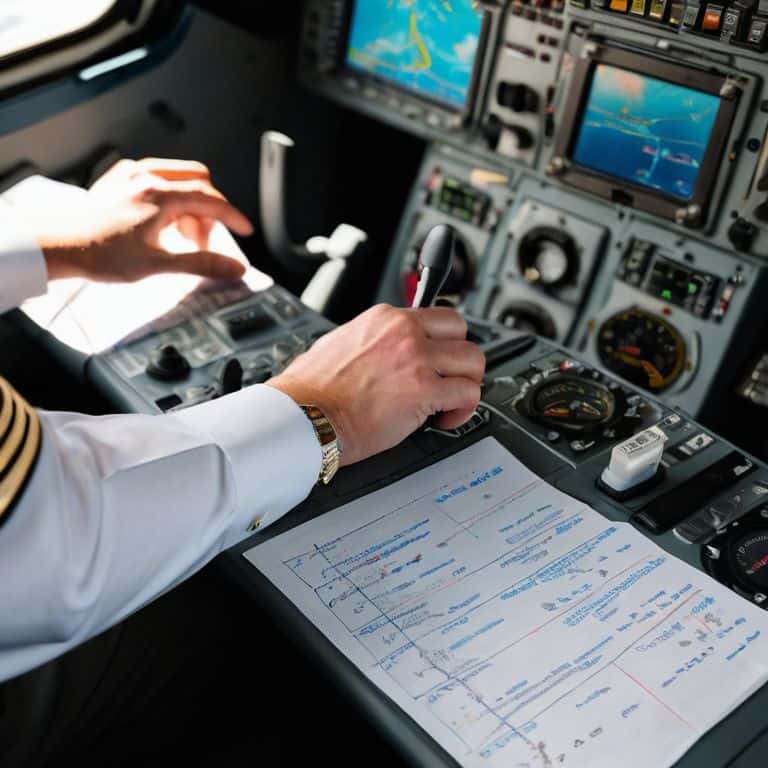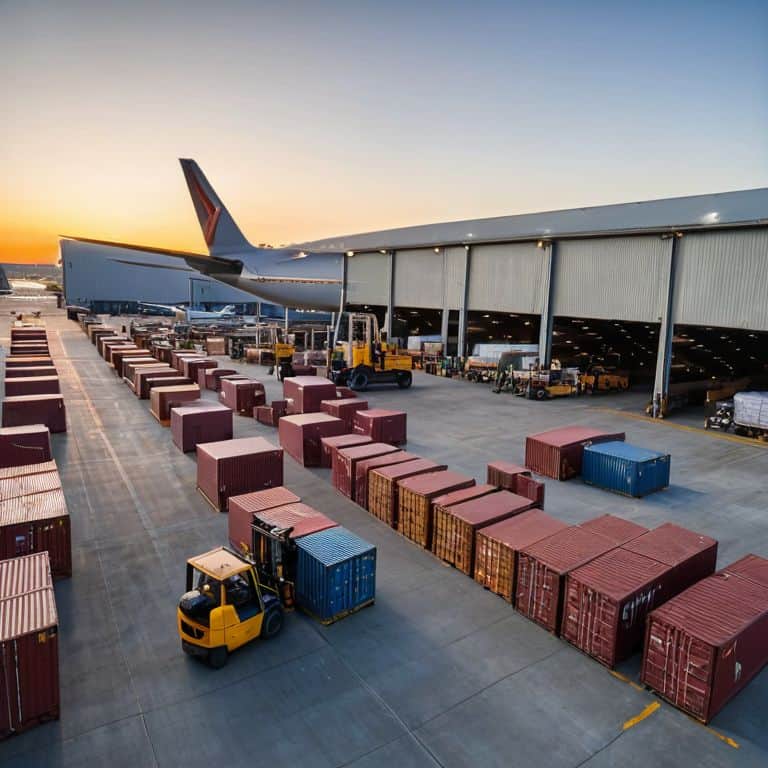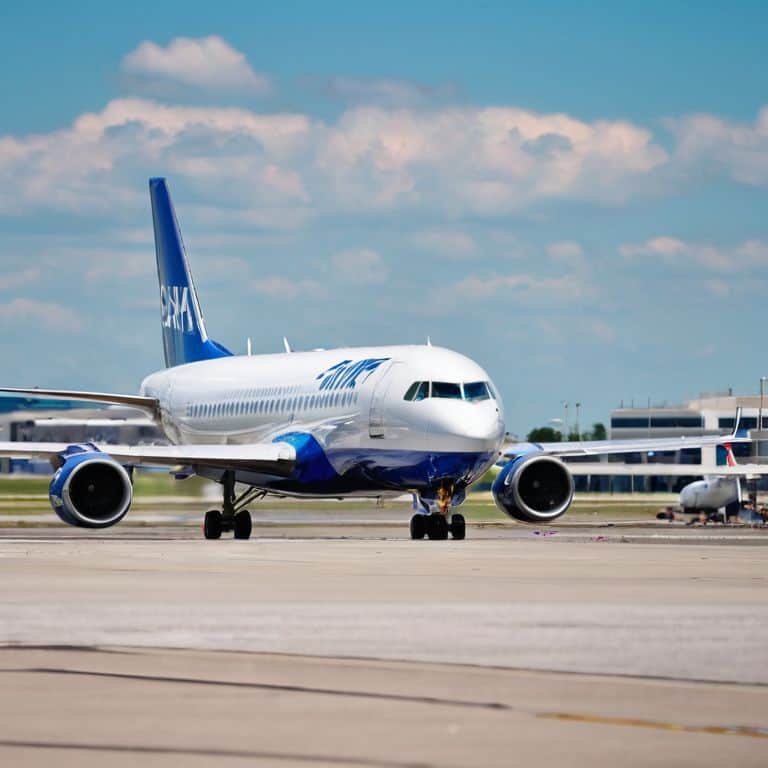I still remember the first time I tried to crack the code of how airline ticket prices are determined. As a young analyst, I was tasked with forecasting revenue for a major airline, and I quickly realized that the conventional wisdom on ticket pricing was more myth than reality. The idea that ticket prices are solely driven by supply and demand is an oversimplification, and one that can lead to costly mistakes for investors and travelers alike. In reality, how airline ticket prices are determined is a complex dance of fuel costs, market competition, and subtle shifts in consumer behavior.
As someone who’s spent years pouring over airline balance sheets, I’m here to give you a no-nonsense look at the factors that really drive ticket prices. In this article, I’ll share my experience-based insights on how airline ticket prices are determined, from the impact of fuel hedging to the role of ancillary fees. My goal is to provide you with a clear-eyed view of the aviation market, one that’s free from hype and speculation. By the end of this journey, you’ll have a deeper understanding of the billion-dollar math behind airline ticket prices, and be better equipped to make informed decisions as an investor or traveler.
Table of Contents
Decoding Airfare Pricing
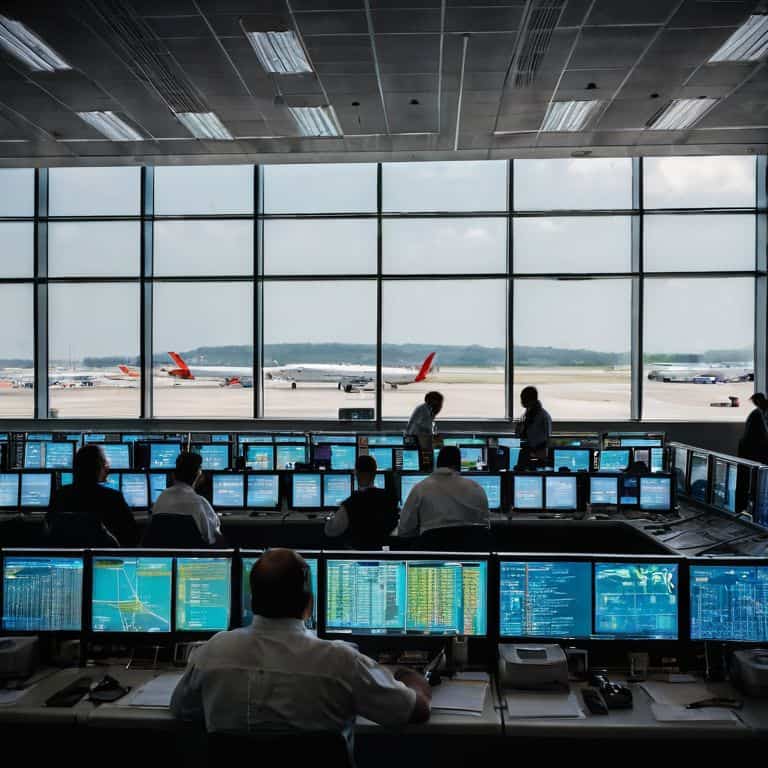
As I delve into the world of airfare pricing, I’m reminded of the yield management techniques that airlines employ to maximize revenue. It’s a delicate balance between filling seats and charging the right price. I’ve spent countless hours analyzing the balance sheets of major airlines, and I’ve come to realize that flight demand forecasting plays a crucial role in determining ticket prices. By predicting demand, airlines can adjust their pricing strategies to capitalize on peak travel periods.
The airline revenue management systems used by major carriers are incredibly sophisticated, taking into account factors such as fuel prices, competition, and seasonal demand. I’ve seen firsthand how dynamic pricing in aviation can result in significant revenue gains for airlines. By constantly monitoring and adjusting prices, airlines can stay ahead of the competition and maximize their profits.
In my experience, the impact of fuel prices on airfare cannot be overstated. As a seasoned analyst, I’ve developed a complex spreadsheet to track global fuel prices and their corresponding effect on airfare. It’s fascinating to see how even a small increase in fuel costs can have a ripple effect on ticket prices. By understanding these airfare pricing strategies, investors and enthusiasts can gain a deeper insight into the inner workings of the aviation industry.
Forecasting Flight Demand Strategies
As I delve into the world of airline ticket pricing, I’ve come to realize that accurate forecasting is crucial for airlines to maximize their revenue. By analyzing historical data and market trends, airlines can make informed decisions about capacity and pricing.
To stay ahead of the game, airlines employ sophisticated algorithms that take into account various factors, including seasonal demand, economic indicators, and even weather patterns. By doing so, they can adjust their pricing strategies to meet the anticipated demand, ultimately driving their bottom line.
Unlocking Yield Management Secrets
As I delve into the world of airline ticket pricing, I’ve come to realize that yield management is a crucial aspect of an airline’s revenue strategy. It’s the process of analyzing and adjusting ticket prices based on demand, and it’s an art that requires a deep understanding of market trends and consumer behavior.
To truly maximize revenue, airlines must balance their ticket prices with the number of seats available on each flight. This delicate balance is what sets successful airlines apart from their competitors, and it’s something I’ve seen firsthand in my years of analyzing airline balance sheets.
How Airline Ticket Prices Are Determined
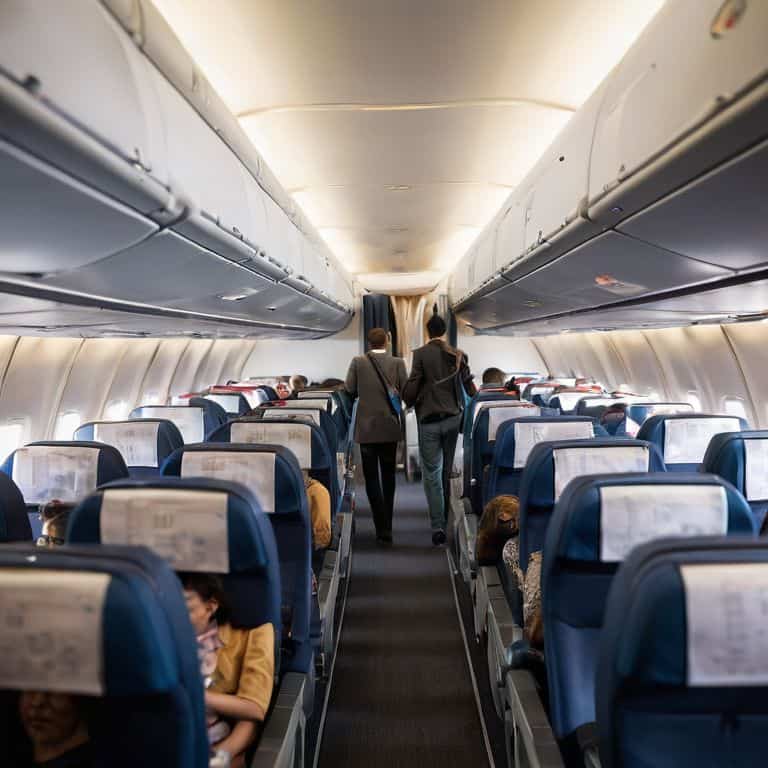
When it comes to setting airfare prices, airlines employ a range of airfare pricing strategies to maximize revenue. At the heart of this process is yield management, which involves analyzing historical data and market trends to predict demand and adjust prices accordingly. By using yield management techniques, airlines can optimize their pricing to fill flights with the right mix of passengers, balancing high-paying customers with more budget-conscious travelers.
Effective yield management relies on accurate flight demand forecasting, which takes into account factors such as seasonal fluctuations, special events, and competitor activity. Airlines use advanced airline revenue management systems to analyze this data and make informed pricing decisions. These systems help airlines to identify opportunities to increase revenue through targeted price adjustments, such as offering discounts during off-peak periods or raising prices during peak travel times.
The impact of fuel prices on airfare is another critical factor in determining ticket prices. As fuel costs fluctuate, airlines must adjust their pricing to maintain profitability. This is where dynamic pricing in aviation comes into play, allowing airlines to make real-time price adjustments in response to changing market conditions. By leveraging these strategies, airlines can stay competitive and maximize their revenue, even in the face of uncertainty.
Dynamic Pricing in Aviation Explained
As I delve into the world of airline ticket pricing, I’ve come to realize that dynamic pricing plays a crucial role in shaping the industry’s revenue landscape. It’s a strategy that involves adjusting ticket prices in real-time based on demand, and it’s a game-changer for airlines looking to maximize their profits.
The key to successful dynamic pricing lies in data analysis, which enables airlines to accurately forecast demand and adjust their prices accordingly. By leveraging advanced algorithms and machine learning techniques, airlines can uncover hidden patterns in customer behavior and make informed decisions about their pricing strategies.
Fuel Prices and Revenue Management Systems
As I delve into the intricacies of airline ticket pricing, I’ve found that fuel costs play a significant role in determining the final price of a ticket. My spreadsheet, which tracks global fuel prices, has become an essential tool in my analysis. By monitoring these costs, I can better understand how airlines adjust their pricing strategies to stay competitive.
Airlines employ revenue management systems to optimize their pricing and maximize profits. These systems take into account various factors, including fuel prices, demand, and competition, to determine the ideal price for a ticket. By analyzing these systems, I can gain valuable insights into the airline industry’s pricing dynamics and make more informed investment decisions.
5 Insider Tips to Understand the Billion-Dollar Math Behind Airline Ticket Prices

- Monitor global fuel price trends, as even a 1% increase in fuel costs can impact an airline’s bottom line and, subsequently, ticket prices
- Analyze an airline’s fleet age and on-time performance data, as these factors can indicate an airline’s operational efficiency and potential for price adjustments
- Understand the concept of yield management, where airlines use complex algorithms to adjust prices based on demand, competition, and other market factors
- Recognize the role of revenue management systems in dynamic pricing, which enable airlines to respond quickly to changes in demand and adjust prices accordingly
- Keep an eye on airline industry events, such as mergers and acquisitions, new route announcements, and changes in regulatory policies, as these can impact ticket prices and industry trends
Key Takeaways for Investors
Airline ticket prices are intricately linked to fuel costs and on-time performance, making these metrics crucial for investors to monitor when evaluating aviation stocks
Effective yield management and dynamic pricing strategies can significantly impact an airline’s revenue, with the most successful carriers balancing supply and demand through advanced data analytics
By focusing on an airline’s fleet age, fuel efficiency, and historical demand patterns, investors can make more informed decisions about potential investments in the aviation sector
The Billion-Dollar Equation
Airline ticket prices are not just a function of supply and demand, but a intricately calculated bet on the future of fuel costs, fleet efficiency, and passenger behavior – and the airlines that crack this code will be the ones to soar in a highly competitive market.
Edward Finch
Conclusion: Navigating the Complex World of Airline Ticket Pricing
As we’ve explored the intricacies of airline ticket pricing, it’s clear that dynamic pricing strategies play a significant role in shaping the industry. From yield management secrets to forecasting flight demand, airlines employ a range of tactics to maximize revenue. By understanding the factors that influence ticket prices, such as fuel costs, market competition, and revenue management systems, investors and enthusiasts can gain a deeper appreciation for the complex math behind this billion-dollar industry. Whether you’re a seasoned analyst or a curious observer, recognizing the delicate dance of supply and demand is crucial for making informed decisions.
As we conclude our journey into the world of airline ticket pricing, remember that staying ahead of the curve requires a combination of data-driven insights, industry expertise, and a willingness to adapt to changing market conditions. By embracing this mindset, you’ll be better equipped to navigate the ever-evolving landscape of aviation finance and uncover opportunities that others may miss. So, the next time you book a flight, take a moment to appreciate the intricate web of factors that influenced the price you paid – and consider how you can apply these same principles to inform your own investment decisions.
Frequently Asked Questions
What role do airline loyalty programs play in determining ticket prices?
Airline loyalty programs subtly influence ticket prices by allowing carriers to segment customers and adjust fares accordingly. As I’ve seen in my analysis, loyalty program data helps airlines gauge customer willingness to pay, enabling them to optimize pricing and maximize revenue. It’s a clever strategy, really – by rewarding frequent flyers, airlines can justify higher fares for loyal customers.
How do external factors like global events and economic trends impact airline ticket pricing strategies?
Global events and economic trends significantly influence airline ticket pricing. I’ve seen it firsthand – a spike in oil prices or a major economic downturn can send ticket prices soaring or plummeting. My spreadsheet tracking global fuel prices has been a lifesaver in predicting these fluctuations, allowing me to advise investors on smart aviation stock picks.
Can an airline's fleet age and maintenance costs be a reliable indicator of its ability to offer competitive ticket prices?
In my experience, an airline’s fleet age and maintenance costs can indeed impact its ability to offer competitive ticket prices. Older fleets often incur higher maintenance costs, which can be passed on to consumers. I track this data closely, and my research suggests that airlines with newer, more fuel-efficient fleets tend to have a competitive edge in pricing.
